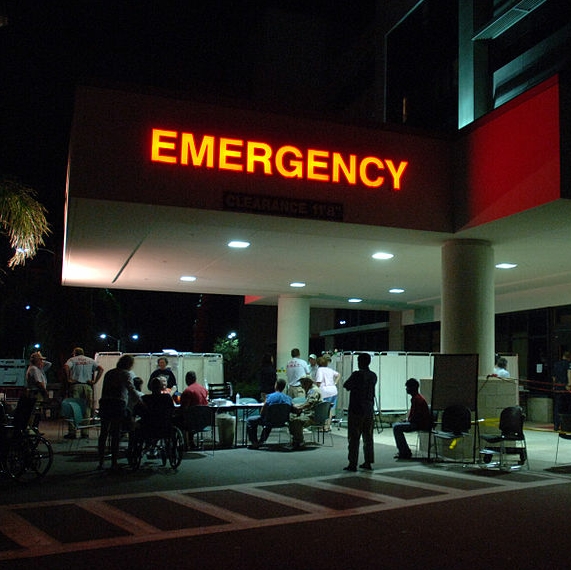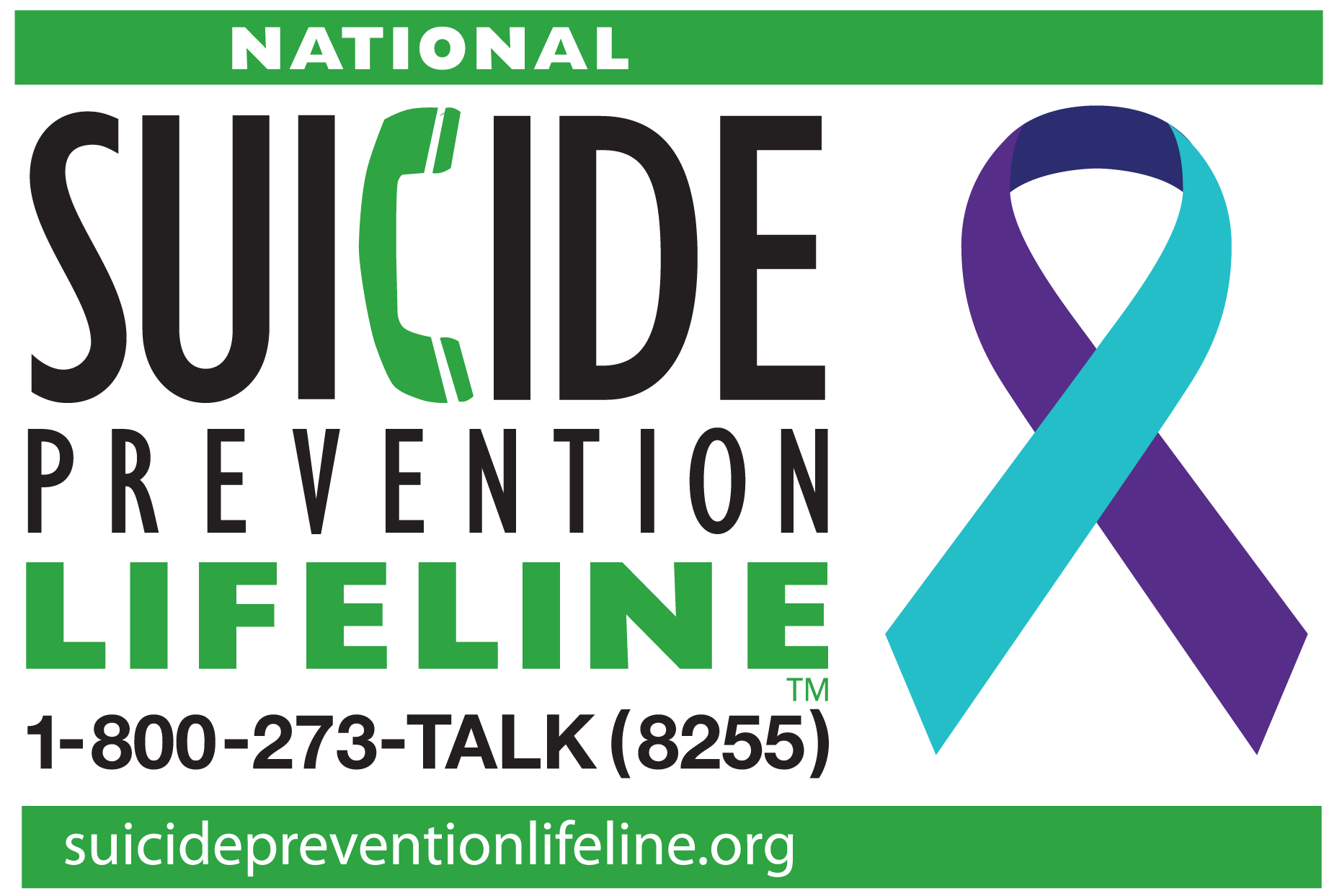Fake Fentanyl Pills Found in 40 States
/By Pat Anson, Editor
Counterfeit painkillers and fake medications made with illicit fentanyl have killed Americans in at least 16 states, according to a new report that found the highly dangerous pills have spread from coast to coast.
“We have documented the spread of counterfeit pills made with illegal fentanyl throughout 40 states. There is documentation that counterfeits made with fentanyl have killed Americans in at least 16 of those states. The other 24 states probably have deaths attributable to counterfeits made with fentanyl, but because of limited awareness of the problem, those deaths may not have been investigated for counterfeit drugs,” said the report by the Partnership for Safe Medicines (PSM) a coalition of pharmacy groups and other healthcare organizations.
The report is based on a review of court records, statements by law enforcement and public health agencies, and news reports.
Fentanyl is 50 to 100 times more potent than morphine. It is legally available in lozenges, patches and other medications to treat severe pain, but in recent years illicit fentanyl has become widely available on the black market, where it is often mixed with heroin or used in the production of counterfeit drugs.
Many addicts looking for a high or pain sufferers looking for relief have no idea what they’re buying. Experts say a single dose of fentanyl as small as two or three milligrams can be fatal.
“Up until now, it’s been difficult to grasp the scope and pervasiveness of the counterfeit drug problem,” said Dr. Marvin Shepherd, chairman of the PSM Board and former director of the Center for Pharmacoeconomic Studies at the University of Texas at Austin’s College of Pharmacy. “We’ve had a number of examples of counterfeit pill seizures and tragic fentanyl-related deaths, but this report paints a picture of a nation under siege from fake and lethal drugs coming across our borders.”
Massachusetts, Pennsylvania, New Jersey, Ohio and several states now report they have more people dying from overdoses of illicit fentanyl than from prescription opioids.
Most of the illicit fentanyl is manufactured in China and smuggled into the U.S. by drug cartels. In August, the Mexican military found over 140 pounds of powdered fentanyl hidden inside a tractor trailer rig at a checkpoint near Yuma, Arizona. The shipment, which had an estimated street value of $1.2 billion, also included nearly 30,000 counterfeit tablets made with fentanyl.
The fake pills are often designed to look like oxycodone or the anti-anxiety drug Xanax, and are hard to distinguish from the real thing.
“They’re relatively cheap (to make) and the profit margin is phenomenal,” said Lisa McElhaney, President of the National Association of Drug Diversion Investigators, during a recent seminar for pain management providers. “You’re talking about such a miniscule amount (of fentanyl). But it has such a heavy potency and purity level that it is fatal.”
McElhaney said the black market in prescription drugs used to be dominated by legally-made medications that were stolen or diverted from medicine cabinets, pharmacies or drug manufacturers. She now believes most of the pills sold on the street are counterfeit.
counterfeit oxycodone pills
“I would say 99% of what we are seeing on the street, bought and sold, is product from China, India, Mexico, or from second or third-hand distributors. It is not pharmaceutical grade, FDA approved fentanyl,” she said.
While the DEA and other law enforcement agencies have been warning of the fentanyl problem for years, federal health officials have been slow to recognize or even address it – focusing instead on limiting the use of opioid pain medication.
For example, the Centers for Disease Control and Prevention recently launched a new marketing campaign, using videos, online advertising, billboards, newspapers and radio ads to raise awareness about the risks of prescription opioids. The campaign completely ignores the role of fentanyl and heroin in the overdose crisis, because the CDC didn't want to risk “diluting” its primary message.
“Specificity is a best practice in communication, and the Rx Awareness campaign messaging focuses on the critical issue of prescription opioids. Given the broad target audience, focusing on prescription opioids avoids diluting the campaign messaging,” the CDC explained.
Politicians are also focused on prescription opioids. Several states have adopted or are considering laws that limit opioid prescriptions for acute pain to only a few days’ supply – a move that President Trump’s opioid commission appears to be considering as a recommendation in its final report.
“This is a prevention measure… to limit the number of drugs that are out there for improper diversion and to make sure that we don’t inadvertently turn people into addicts by giving 30, 60, 90 pills the first time,” said commission chairman Gov. Chris Christie of New Jersey, whose state has adopted a five day limit on new opioid prescriptions.
This week the Pharmaceutical Research and Manufacturers of America -- an organization that represents virtually every major drug maker – told the commission that it would support a 7-day limit on opioid prescriptions for acute pain.



























